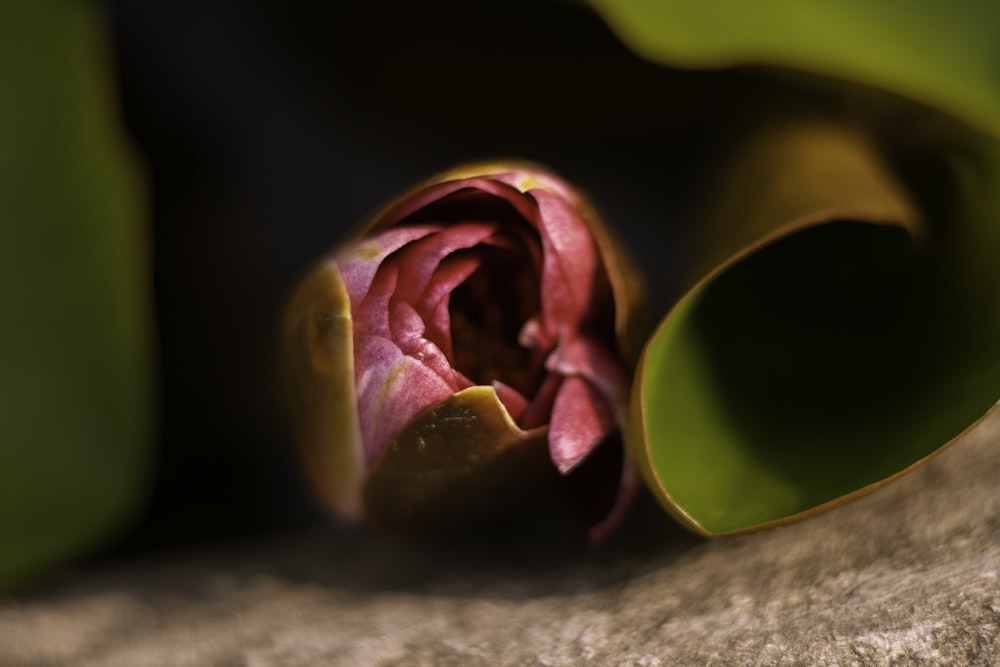
Rustic Wooden Garden Edging Ideas Natural Landscape Borders
Introduction
In the realm of landscaping, the humble garden edging plays a crucial role in defining and enhancing outdoor spaces. Among the myriad of edging materials available, rustic wooden garden edging stands out for its natural beauty and timeless appeal. Let’s delve into some rustic wooden garden edging ideas that effortlessly blend with the landscape, adding a touch of organic charm to outdoor settings.
Embracing Natural Aesthetics
Rustic wooden garden edging effortlessly blends into its surroundings, complementing the natural beauty of the landscape. Unlike artificial materials, such as plastic or metal, wooden edging adds warmth and character to outdoor spaces, creating a seamless transition between garden beds and lawn areas.
Choosing the Right Wood
When it comes to rustic wooden garden edging, the choice of wood is key. Opt for durable and weather-resistant varieties such as cedar, redwood, or pressure-treated lumber. These woods are not only able to withstand the elements but also age gracefully, developing a beautiful patina over time that adds to their rustic charm.
Simple and Natural Designs
One of the appeals of rustic wooden garden edging lies in its simplicity. Natural wood planks or logs can be used to create simple yet effective borders that define garden beds and pathways. For a truly rustic look, consider leaving the wood untreated or applying a clear sealant to preserve its natural color and texture.
Incorporating Logs and Branches
For a more organic and rustic feel, incorporate logs and branches into your garden edging design. Arrange them along the perimeter of garden beds or pathways to create a charming border that blends seamlessly with the landscape. The irregular shapes and textures of logs and branches add visual interest and a sense of whimsy to outdoor spaces.
Creating Curved Borders
Rustic wooden garden edging is highly versatile and can be used to create curved borders that add visual interest to the landscape. Use flexible wooden planks or logs to create gentle curves and undulating lines that mimic the natural contours of the land. Curved borders soften the edges of garden beds and pathways, creating a more relaxed and inviting atmosphere.
Adding Height with Timber Sleepers
For a more substantial border that adds height and structure to the landscape, consider using timber sleepers as garden edging. These thick wooden beams create a bold and rustic statement, perfect for defining raised garden beds or retaining walls. Timber sleepers can be stacked horizontally or vertically to create different effects, adding depth and dimension to outdoor spaces.
Incorporating Reclaimed Wood
For an eco-friendly and budget-friendly option, consider incorporating reclaimed wood into your garden edging design. Old railway sleepers, barn wood, or salvaged timber can add a sense of history and character to outdoor spaces, while also reducing waste and environmental impact. Reclaimed wood lends a rustic and weathered look to garden borders, adding instant charm and personality.
Maintaining Wooden Garden Edging
While rustic wooden garden edging adds a natural and timeless appeal to outdoor spaces, it does require some maintenance to keep it looking







